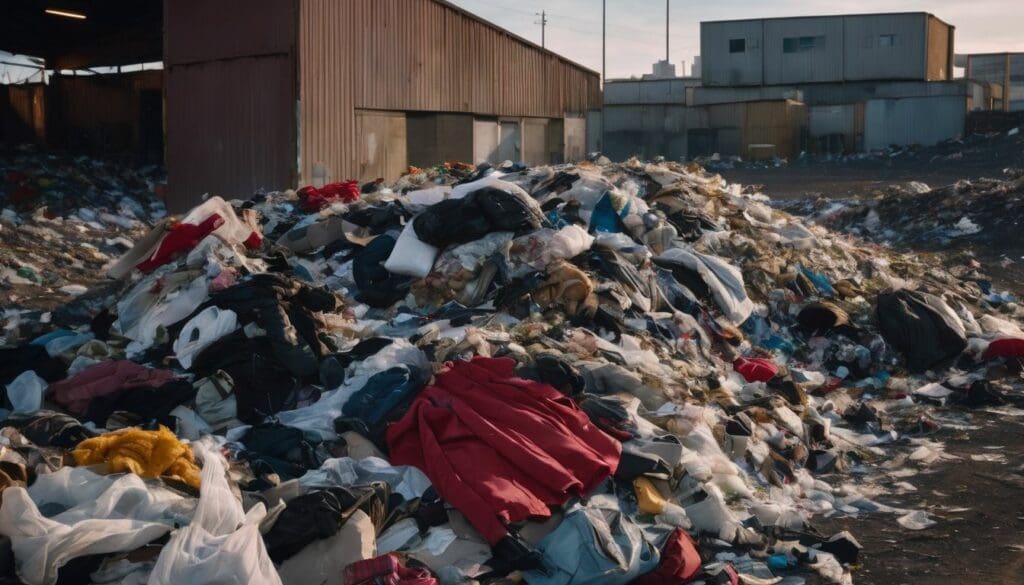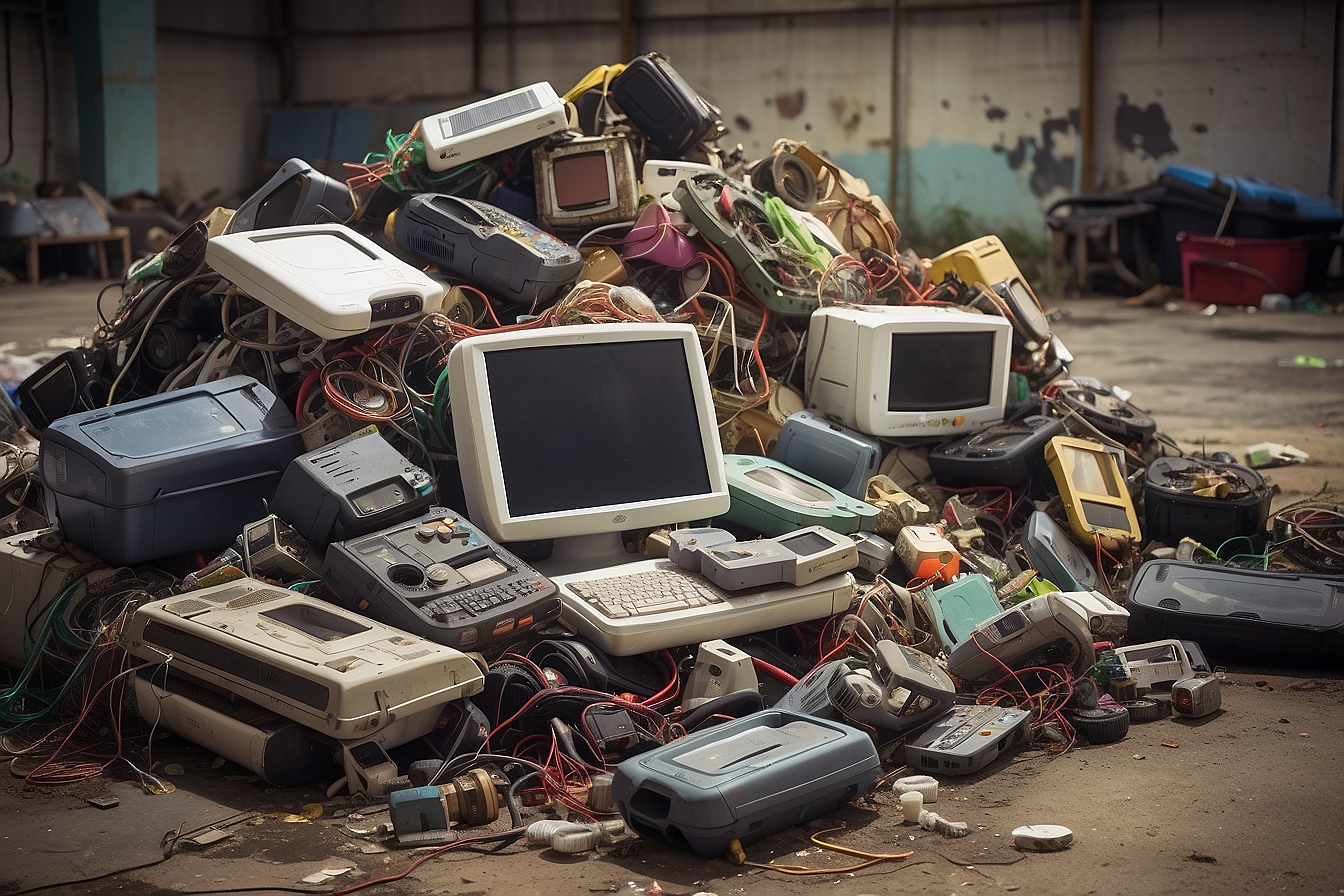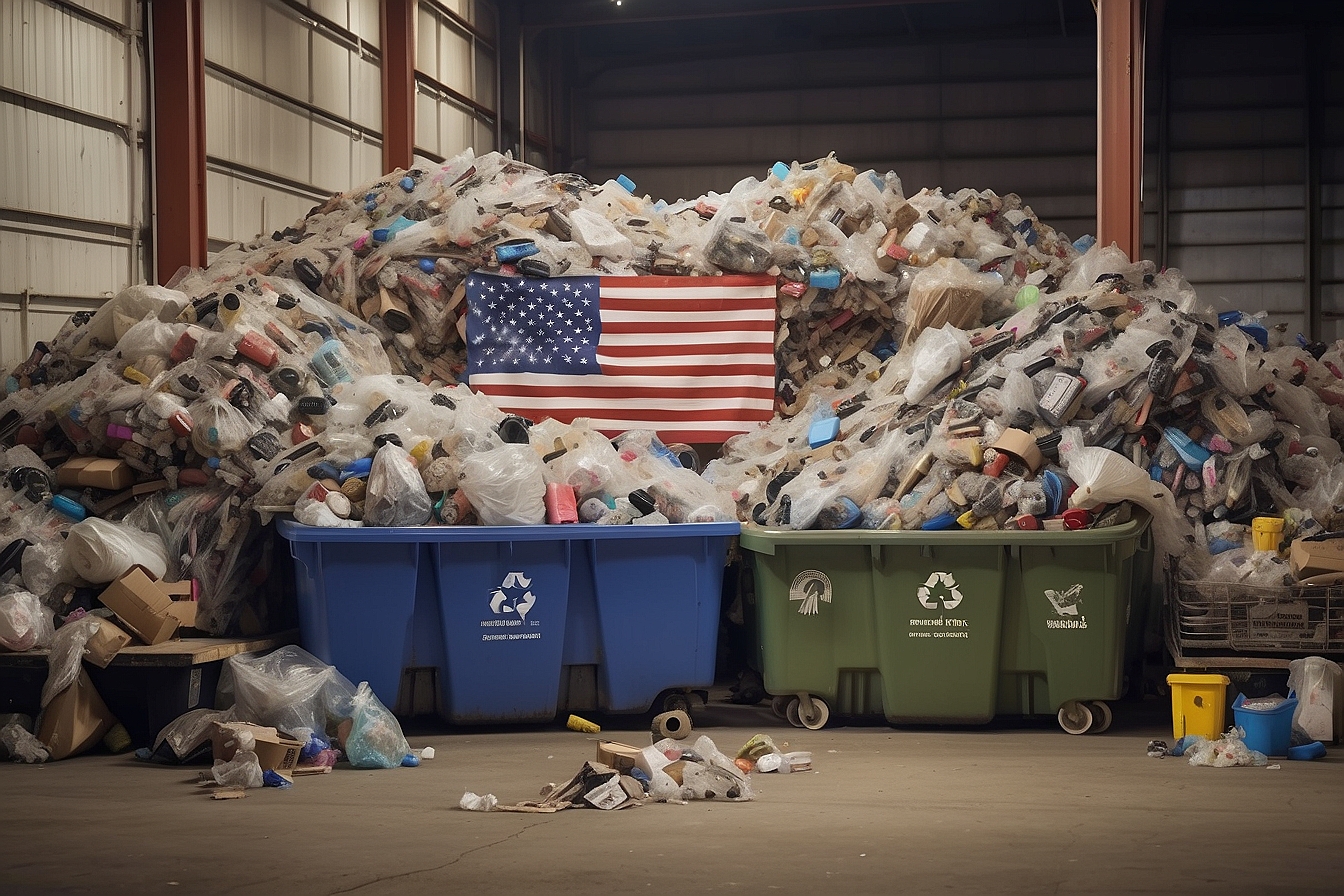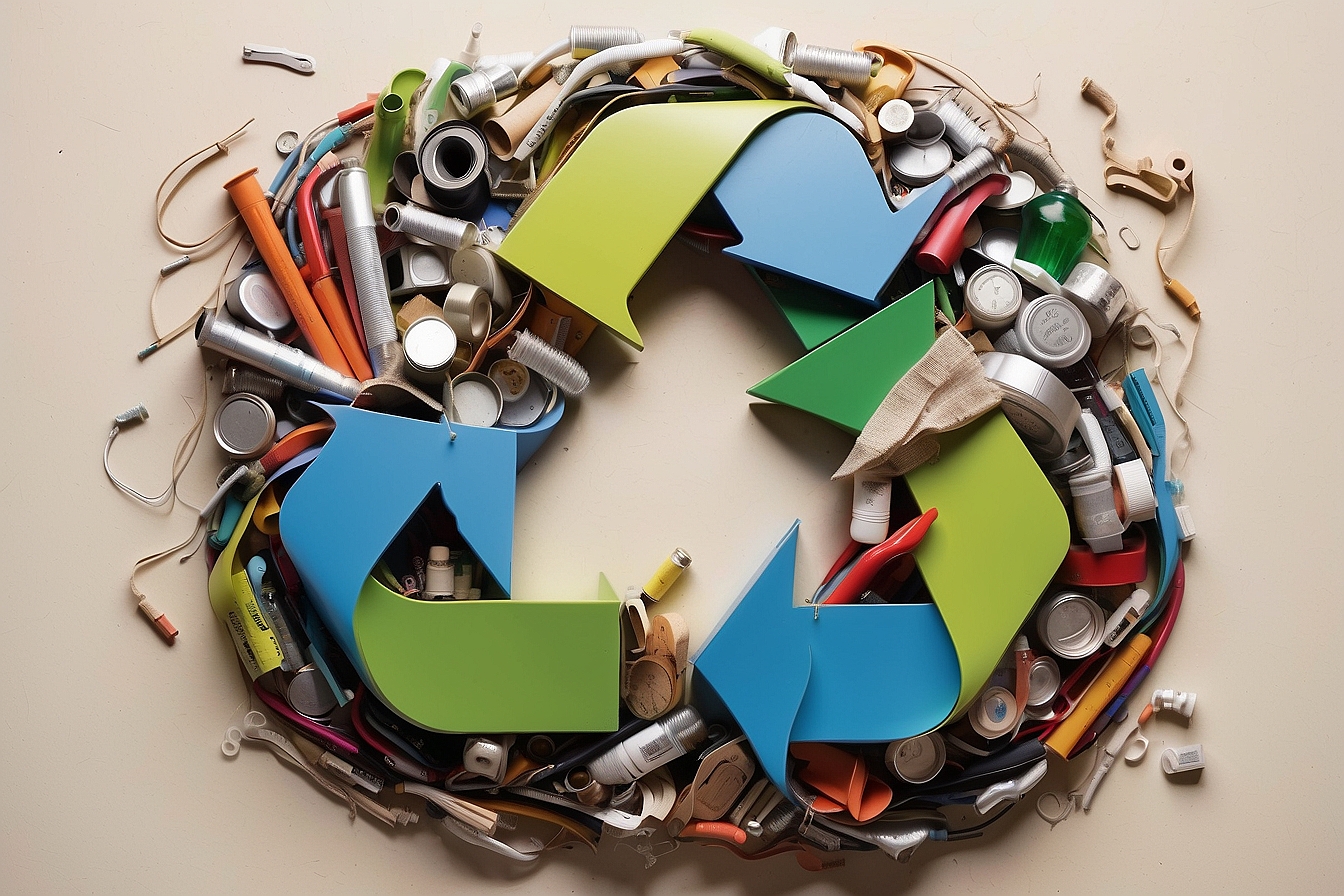How familiar is the scenario of being rooted to the spot in front of our closets, surveying a sea of barely touched fabrics? We share your growing concern about the less visible toll these clothes take on our world.
A mind-boggling 92 million tonnes worth of textiles end up as waste every year across the globe. In our blog, we delve into fashion’s environmental impact whilst offering practical suggestions for reducing our collective footprint.
It’s time to pull at this thread and join forces to inspire real change – because it really is trendy to be eco-friendly! Let’s embark on this journey with purpose and passion, shall we?.
Key Takeaways
- Fast fashion uses vast amounts of water and chemicals, severely harming our environment. A single pair of jeans can take thousands of litres to produce, putting a big strain on our water resources.
- Tons of textiles are thrown away each year, filling up landfills and causing pollution. By recycling clothes and buying from second-hand shops, we can cut down on this waste.
- Choosing sustainable brands that use organic or recycled materials helps create a more responsible fashion industry. We must support these eco-friendly practices to reduce the impact on the planet.
- Recycling old clothes is key to tackling textile waste. Advanced recycling technologies turn old fabrics into new items, lessening the need for brand-new resources.
- Everyone has a role in fostering a circular fashion economy by not only shopping responsibly but also pushing for rules that make sure companies handle textile waste properly.
The Environmental Impact of Fast Fashion
Fast fashion has a devastating environmental impact, with high water usage and the release of toxic chemicals during clothing manufacturing. Textile waste from fast fashion also contributes to landfill dumping and water pollution.
High water usage
As we delve into the environmental cost of our clothes, let’s consider the staggering amount of water used in clothing manufacturing. The fashion industry thrives on water resources, demanding thousands of litres just to produce a single pair of jeans.
Imagine the strain on our precious water supplies as factories churn out garment after garment.
We often overlook how this contributes to textile waste and greater environmental sustainability challenges. Each time we buy a new shirt or dress, we’re tapping into already overburdened water systems.
This is not only about conserving water; it’s about rethinking raw material consumption in fashion that puts undue stress on our ecosystems. Supporting sustainable textiles means demanding less resource consumption from the brands we love, pushing them towards practices that preserve vital water sources for future generations.
Toxic chemicals
Textile manufacturing releases harmful toxic chemicals into the environment, contributing to pollution and posing serious health risks. These chemicals, including dyes, bleaches, and finishes, contaminate water sources and soil when not properly managed.
As a result, they can harm aquatic life and disrupt ecosystems. Moreover, workers in textile factories are often exposed to these hazardous substances, leading to detrimental effects on their health.
We must advocate for sustainable practices in the textile industry and support brands that adhere to eco-friendly production methods. By embracing responsible manufacturing processes and promoting transparency in the use of chemicals, we can minimise environmental pollution and protect both nature and human well-being from the detrimental impacts of toxic substances.
Textile waste
Textile waste poses a significant environmental challenge. Every year, tons of clothing end up in landfills, contributing to pollution and resource depletion. By recycling textiles and supporting the second-hand clothing trade, we can reduce this impact and move towards a more sustainable fashion industry.
Sustainable fashion is not just about buying eco-friendly products but also about responsibly managing textile waste. Embracing recycling challenges and engaging in waste management are essential steps towards reducing the hidden environmental cost of textile waste.
Sustainable Solutions
Textile recycling is crucial in reducing the environmental impact of fast fashion, and supporting sustainable fashion brands can help create a circular economy within the textile industry.
This will ultimately lead to less clothing waste and pollution.
Importance of textile recycling
Textile recycling is crucial for reducing the environmental impact of the fashion industry. By recycling textiles, we can divert clothing waste from landfills and reduce textile pollution.
Supporting second-hand clothing trade and sustainable fashion brands encourages a circular economy in the textile industry, ultimately minimising the hidden environmental cost of fast fashion.
Creating a more sustainable future through textile recycling starts with small changes in our shopping habits. Let’s explore how supporting secondhand clothing and embracing sustainable fashion brands can make a significant impact on reducing textile pollution and creating a circular economy within the industry.
Creating a circular fashion industry
To create a circular fashion industry, we should consider the following:
- Designing for durability and recyclability: It is essential to design clothing with long-term use in mind, utilising materials that can be easily recycled at the end of their life cycle.
- Implementing innovative recycling technologies: Investing in advanced textile recycling technologies can help convert textile waste into new materials or products, reducing the reliance on virgin resources.
- Encouraging consumer participation: Educating and encouraging consumers to recycle their textiles by offering convenient collection points or take-back programmes can significantly reduce textile waste.
Supporting sustainable fashion brands
- Choosing to buy from ethical and sustainable fashion brands that prioritise eco – friendly practices, fair labour conditions, and the use of organic or recycled materials.
- Educating themselves about the environmental and social impacts of fast fashion and making informed purchasing decisions that support ethical and sustainable practices in the industry.
- Advocating for policy changes and initiatives that promote transparency and sustainability within the fashion industry, such as advocating for extended producer responsibility programmes and regulations on textile waste management.
Conclusion
In conclusion, we must recognise the pressing need for sustainable solutions in the fashion industry. We can play a significant role in reducing textile waste through proper recycling and supporting eco-friendly brands.
Let’s take action to create a positive impact on our environment and work towards a circular fashion economy. Together, we can make a difference and minimise the hidden environmental cost of textile waste.
FAQs
1. What is textile waste and why is it a problem?
Textile waste refers to the discarded clothing and fabric materials that contribute to environmental pollution, taking up space in landfills.
2. How does the textile industry impact the environment?
The textile industry causes pollution through its production processes, which often involve harmful chemicals and large amounts of water, leading to both soil and water contamination.
3. Can we reduce textile waste?
Yes, by recycling old clothes, supporting sustainable fashion brands, and being more mindful about our clothing purchases, we can significantly reduce textile waste.
4. What happens to textiles when they are thrown away?
Most textiles end up in landfills where they can take years to decompose while releasing toxic substances that harm the surrounding environment.





